Are Cancun's beaches finally Free of algae?

Cancun’s world-famous beaches will be at their pristine best during the next three months, leading up to early March 2023. Visitors will be able to enjoy the iconic white sands on the Yucatan Peninsula and its picture-perfect ocean views after local authorities recently declared the sargassum algae season over.
It is also expected that sargassum levels will remain very low in the coming months and be unnoticeable to guests planning to spend the holidays and the start of 2023 here.
Sargassum in Cancun December 2022 update
A period of tranquility
“Northern winds are beginning to blow, and that makes most of the sargassum stay in the main current in the Caribbean Sea,” scientist Alberto Pereira Corona said.
“Then it goes through the Yucatan channel, leaving our beaches clean. These forecasts can be maintained during the rest of the year, and that will improve.
“There will be significantly less sargassum until at least February or early March. We will have at least three months of tranquility on the beaches so that tourists from colder climates can enjoy them.”
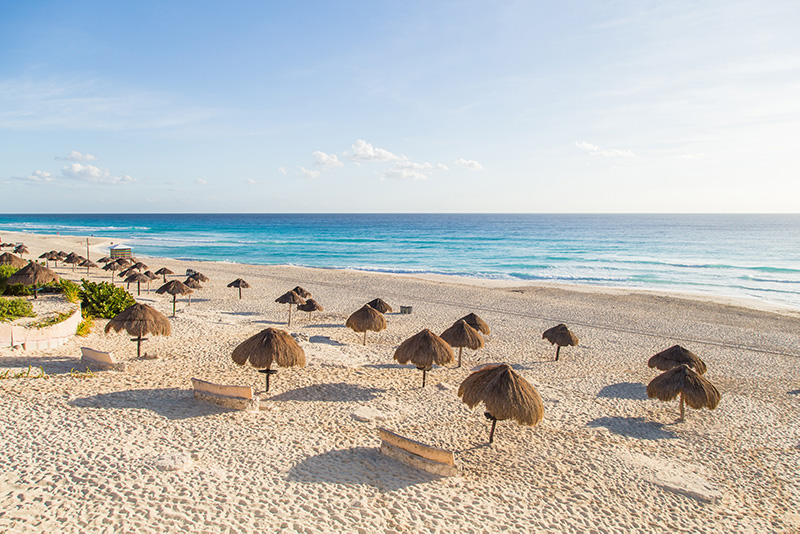
There are also optimistic predictions for lower sargassum levels than usual due to Hurricane Fiona, which occurred earlier this year. Reports suggest the hurricane will ‘continue to cause changes in the structure of currents in the Caribbean Sea, meaning that the beaches of Cancun and the Mexican-Caribbean should remain pristine for an extended period.
Some of the collected sargassums also go to good use as it can be used as fuel, energy generator, fertilizer, and animal feed. It has been identified as a valuable raw material in several industries, meaning it could significantly contribute to several industries in Mexico.
A world-renowned destination
The most popular time to visit Cancun is between December and April. The weather is warm, around 85°F, but cooler than the heat of the middle of summer, with little chance of rain.
These make for ideal conditions for spending long days on the beach, but the area also has excellent oceans, reefs, and cenotes. Visibility underwater can be at its best around this time, and many visitors make the most of the opportunity to go snorkeling and diving during their stay.
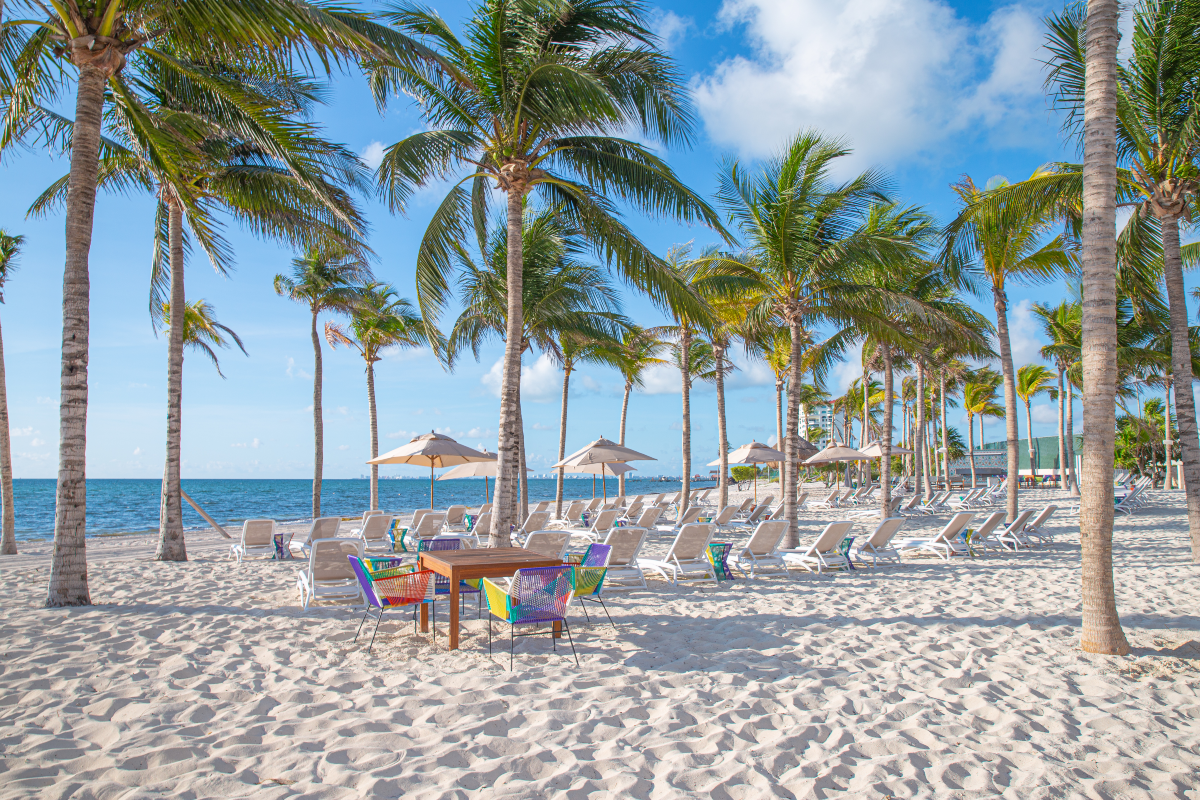
December also offers one of the last chances of the year to spot baby sea turtles hatching. The hatching season begins around July and continues towards the end of the year. Witnessing this incredible natural spectacle on some of the best beaches in the world is often another highlight for guests.
Of course, that’s not forgetting the celebrations for Christmas and New Year, which are made extra special for visitors looking to make memories by the many wonders of Cancun.
Working to keep Cancun’s beaches clean
Sargassum season typically runs between April and October, but this window can move depending on the weather.
In 2022, sargassum was found on the beaches of Cancun up until late November. However, efforts were made by the municipal public services personnel to clear the seaweed.
This work ensured that locals and international visitors could enjoy their time on the coast, just like at any other point during the year.
The methods used to clear the beaches include authorities in Tulum setting up several sargassum containment barriers. At the same time, Cancun and Playa del Carmen have continued to use sargassum removal boats to monitor and dispose of excess seaweed.
Sargassum algae in Cancun 2018 update
In the last three days, the main beaches of Playa Del Carmen have begun to clear of the sargassum algae in their sandy areas. Natural factors such as the arrival of the northern winds have favored these conditions.
Beaches such as 88, with the distinctive Blue Flag, Mamitas and those in the central zone, are those that are free of algae, reported Civil Protection lifeguards.
Last month there was so much algae on Beach 88 near the Paradisus hotel that hotel staff blocked the entrance to the beach. However, yesterday, this stretch of Beach 88 was completely clear.
Improving Conditions
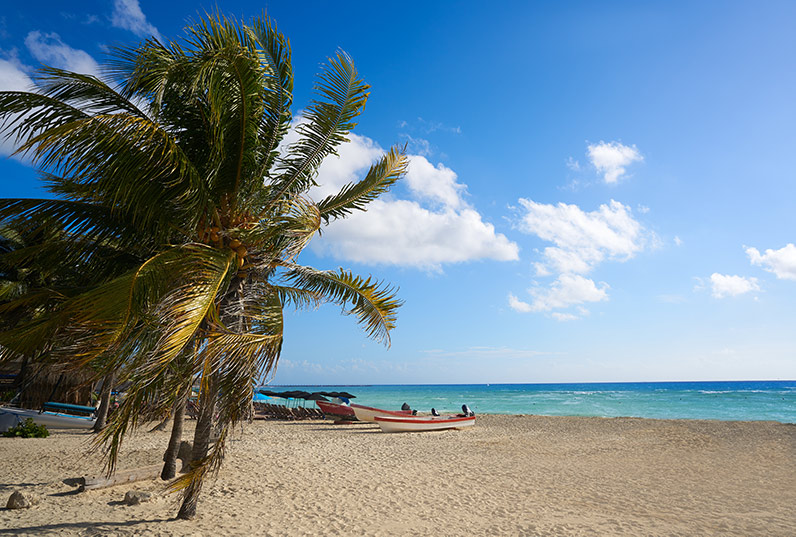
Meteorologist Luis Antonio Morales Ocaña said weather conditions look favorable to continue clearing the sargassum, at least for now.
“There are already signs of weather changes since the end of last month, but now the northern winds that are felt and recorded are those that could be taking sargassum from this area of the coast. But beware, this sargassum could be reaching another part of the coast, but at least for now not here. … Another very important factor is that there are systems in the Atlantic, and that helps “, explained Morales Ocaña.
Algae Totals and Recording
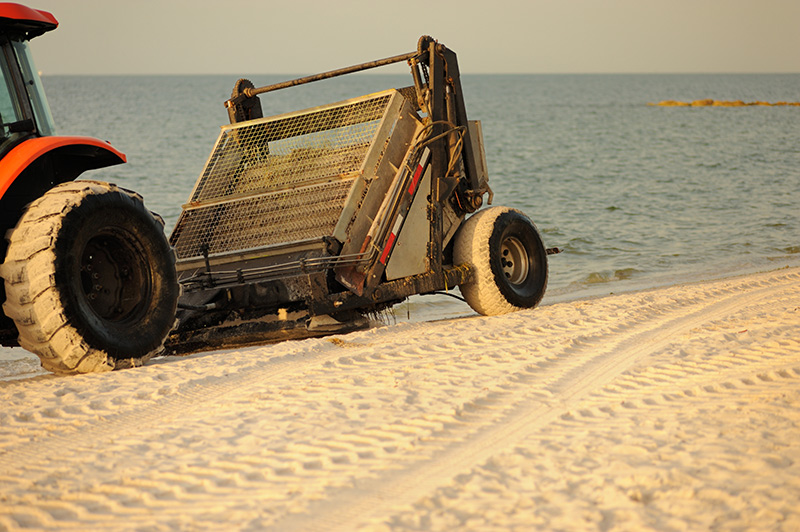
Two weeks ago, the Federal Maritime Terrestrial Zone (Zofemat) reported that it collected an average of 50 tons of algae per day.
The current city administration has not been recording sargassum levels for very long and does not have a long term historical record of this data, but will continue to monitor levels and report to the public as the situation advances.
Current Conditions
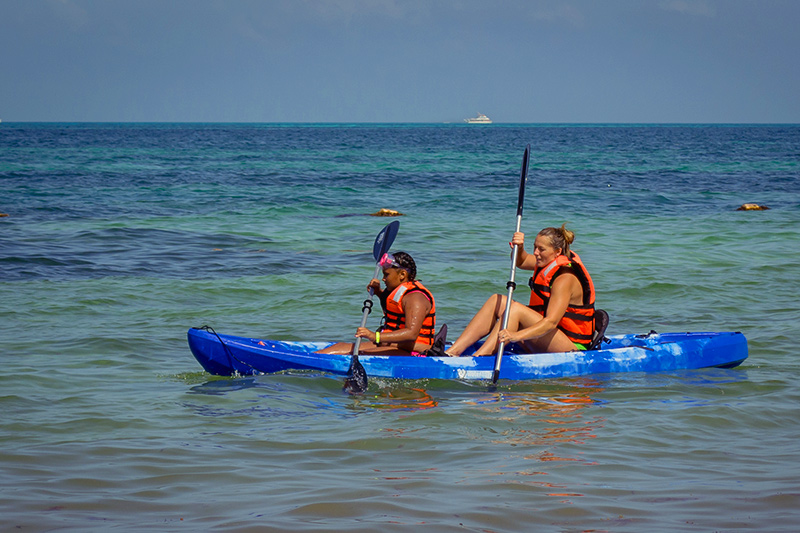
Right now the beaches appear clear, and the water near the coast remains slightly brown-colored in appearance because for several days there was high accumulation of algae.
Civil Protection guards calculated that there is an average of two thousand people who arrive daily to the beach, and they are hopeful that with improved conditions, there will be even more people enjoying the beach next weekend.
